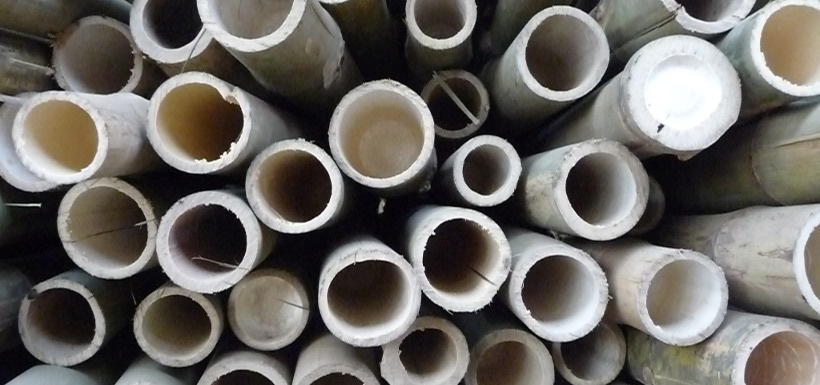Bamboo Bio-Composite: for a safe and sustainable shipbuilding adding value to the traditional know-how of the Bangladeshi ship’s carpenters.
This project is aiming to develop a new composite : a bamboo based bio-compsite boards, a natural resource available in the local area. The assembling process developed will replace the traditional wood becoming too expensive or wood of poor quality in local shipbuilding, while preserving the know-how of marine carpenters of Bangladesh.
Traditionally, boats are built from planks of wood.There are specific boat shapes requiring specific know-how for each craftsman, each region and each location in Bangladesh. This naval heritage, transmitted orally over generations, is disappearing at present.
Current boats made of composite materials, which are widely used in the « North » and bound to increasingly spread to Bangladesh,
The development project of a bamboo bio-composite will push the production of boats more accessible to populations , cheaper than boats made with fiberglass and more environmentally friendly, with an assembly process that preserve the know-how of traditional ship’s carpenters.
Overall objective of the project: enable access to safe and lasting boats to population in need by developing a bamboo bio-composite, using the know-how of local traditional marine carpenters.
Specific objectives of the project:
- Develop a bamboo based bio-composite, technically, economically and environmentally sustainable for shipbuilding.
- Adding value to the traditional know-how of the Bangladeshi ship’s carpenters through the assembly process used, by providing a new and appropriated technology.
Outcomes resulting from the project:
- A bamboo bio-composite board, technically sustainable, is developed for shipbuilding.
- A first prototype – inspired by a traditional boat (the « Kusha ») – technically, economically and environmentally sustainable, is developed, using this board.
- Expertise in traditional shipbuilding is revalued by the awareness and training of ship’s carpenters to use this new material, combining traditional and modern techniques (two others prototypes will be built).
- The impact of the project and the swarming of the new technology are evaluated.
Knowing that bamboo is present on all continent, this method can then be duplicated and adapted in many other countries, particularly in Asia, where demand for boats is consistent with the presence of bamboo plantations.
